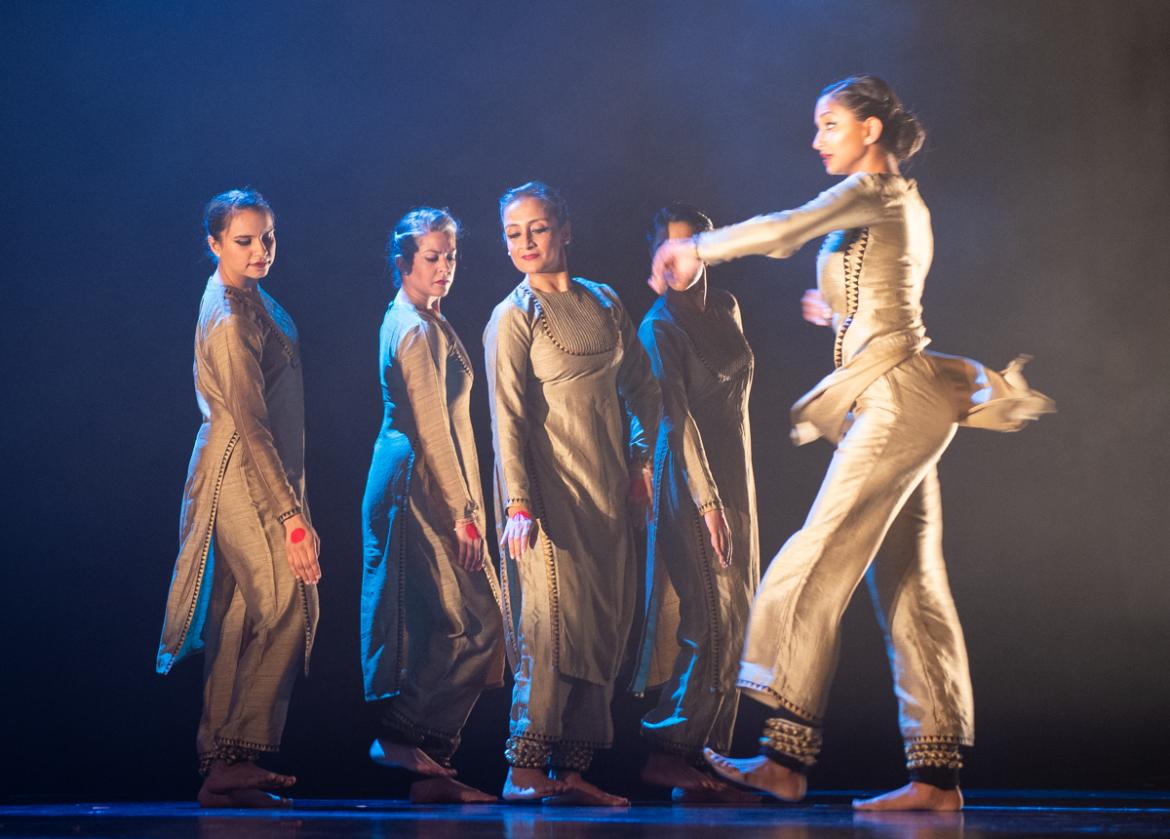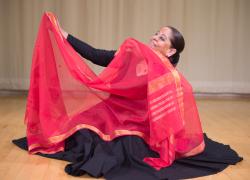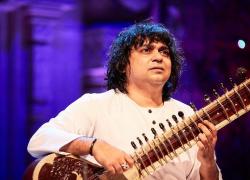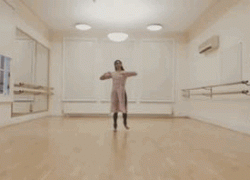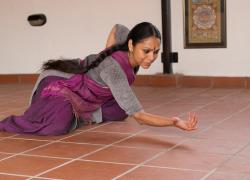Descendants
Descendants- Gauri Sharma Tripathi, Sonia Sabri, Mayuri Boonham
29 September 2019
Purcell Room, SBC London
Reviewed by Shivaangee Agrawal
Descendants was the striking name given to a mixed bill evening showcasing the work of three female choreographers. This evening opened Akademi’s 40th Anniversary programme and was a rare opportunity to see senior choreographers from South Asian dance heritage present work alongside one another.
The evening began with Gauri Sharma Tripathi’s piece, Silhouette | The Borderline. The dancers began in semi-darkness, dramatically backlit and moving to a soundscape of birdsong and aeroplanes. Attention was drawn to one or two dancers at a time, who performed short sequences of gestural vocabulary. The sequences developed density as more dancers were lit up, and relationships began to emerge on stage: between the bodies, between themselves and their costume, and between the movement and the music. The complexity offered by this first section however, did not continue; the initially deliberate choices made around sequencing, detail, lighting and framing seemed to dissolve into sections that felt more predictable and less full-bodied. Though the performers were clearly very capable, each of the motifs offered up by the piece felt abandoned too soon for something else, resulting in a choreography which ultimately felt unclear in its intention.
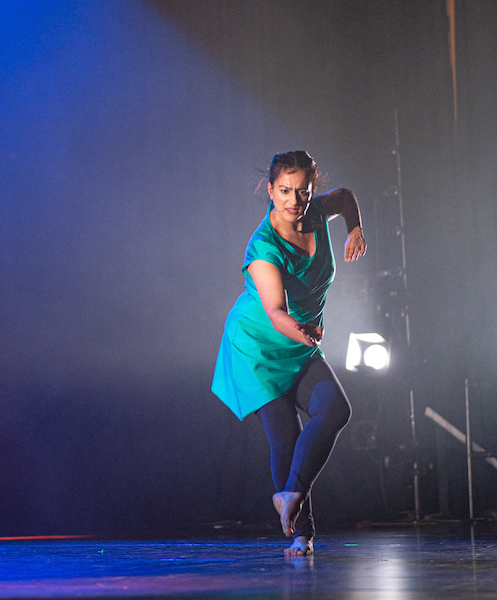
Spill dancer/choreographer Sonia Sabri | image credit: Simon Richardson
When speaking to audience members after the show, I realised how divisive the pieces were. One reason was perhaps that the choreographies sat in quite different positions along the contemporary-classical spectrum. The evening seemed to become increasingly conceptual and the next piece Spill was a minimalist solo choreographed and performed by Sonia Sabri. Appearing suddenly into a spotlight, Sabri offered up a series of strong, fast and staccato movements. She did this in silence, but the movement material was punctuated with loud slaps of different parts of her body. Using the body as aural instrument, she built a physical and rhythmic accumulation that interacted with a sparse musical score. Though the movements seemed hugely variant in their influences to the point of chaos, the speed, precision and full-bodied commitment with which she executed all these fragments brought them together in a surprising coherence. Each layer of accumulation ended with a sudden stillness that timed perfectly with a silence in the musical score. This precision was extremely satisfying to witness and I felt that it liberated the viewer from needing a narrative.
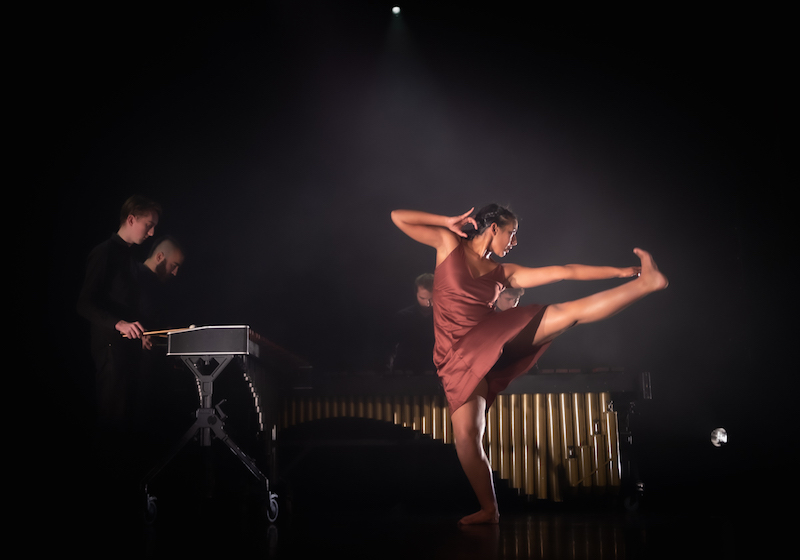
Eve Rising dancer Archana Ballal, choreographer Mayuri Boonham | Image credit: Simon Richardson
The minimalist nature of Sabri’s choreography was contrasted with the visually delicious composition that Mayuri Boonham presented in her piece Eve Rising. Four golden-lit musicians stood around an impressive percussion instrument that provided both the musical score and set for performer Archana Ballal. Starting on the floor in a contortion that confused the reading of her limbs, Ballal worked herself gradually to standing through material that emphasised her muscular strength and flexibility. Her performative space stayed semi-circular and contained, while her movements reached for extensions beyond her kinesphere. The musical score gently rose and dipped in volume, and these fluctuations were echoed in the intensity of the movements. Synchrony between movement and music was emphasised through the motif of a shaking hand, which illustrated the vibrating nature of the music. The movements were abstract in content and structuring, but contained a characterisation and emotional experience that I felt resulted in a lack of readability for the viewer. This was not aided by the brief program notes which gave yet more space for interpretation. The notes also mentioned the ‘expressive vocabulary of bharatanatyam’ but I felt myself struggling to see this connection in most of the material, and instead preferred to enjoy the control, strength and commitment with which Ballal performed, and the beauty of the visual and aural environment inside which she did so.
Though the evening elicited mixed responses from the audience, it was a treat to see the distinctly different destinations that choreographic trajectories can take, especially when those journeys start off with shared classical vocabularies.

